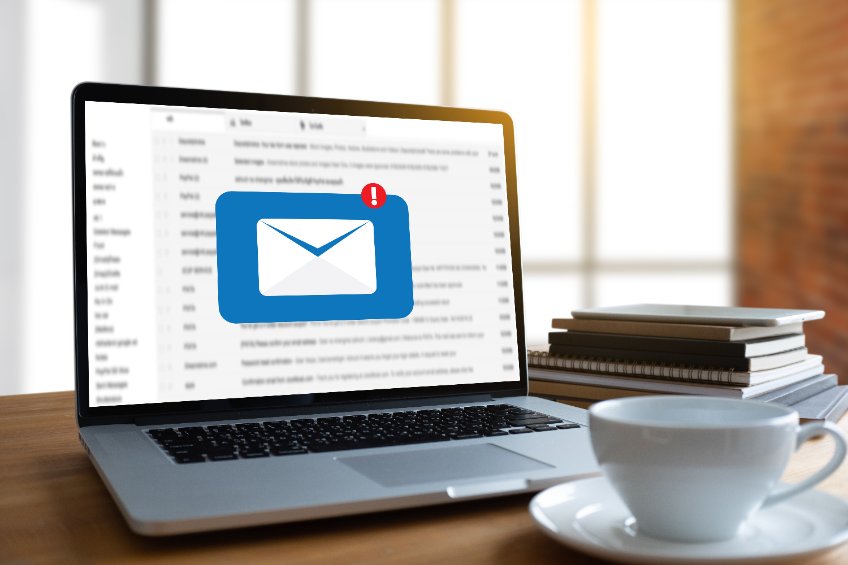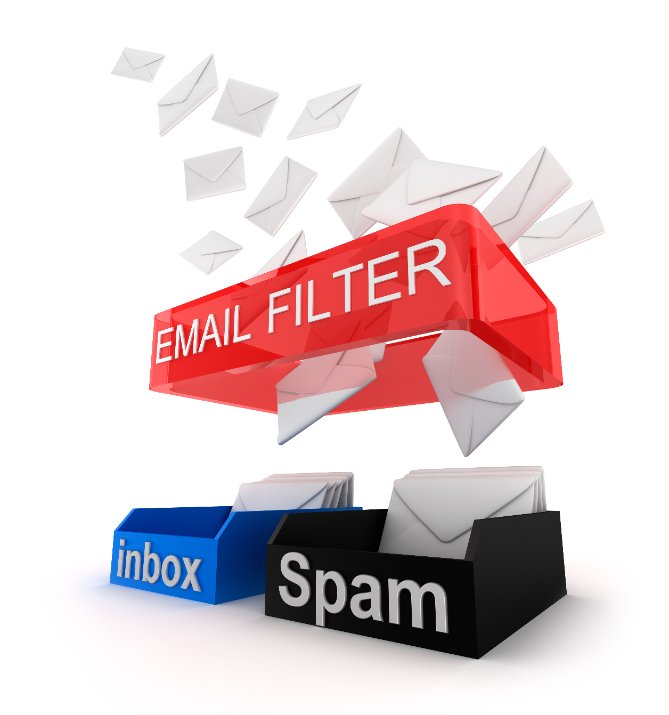
Email marketing is a channel of choice for many marketers, especially in B2B organizations. According to the Litmus 2020 State of Email Report, which surveyed more than 2,000 marketers, four out of five respondents said they’d give up social media initiatives before giving up email marketing.
Mastering the channel includes many skills, not least of which is the subject line. The subject line is a make-it-or-break-it factor and determines whether the email is opened or deleted. The subject line may be your prospect’s first interaction with your brand or new marketing campaign. It’s essential to get it right. Good email marketing starts with the subject line so it’s important to avoid common pitfalls.
9 Email Subject Line Mistakes to Avoid

Email subject lines are a small but mighty piece of marketing content. It’s easy to make mistakes that keep readers from opening, reading and engaging with your emails. A sub-par subject line can not only limit results, but the wrong language can damage your company’s reputation. It can even send your emails directly to your prospect’s spam folder. To maximize the power of your email marketing campaigns, avoid these nine common email subject line mistakes.
Mistake #1: Skimping on Personalization
Personalization can begin with including the recipient’s name, business name or location in the subject line. The effort shouldn’t stop there. Personalized emails mean ensuring relevant content is reaching the right audiences at the right time. Use customer and prospect data to ensure email subject lines connect directly with the needs, questions and interests of the recipient and their market segment. If you still need convincing, consider that 91 percent of consumers say they are more likely to do business with companies that deliver relevant offers directly to them.
Mistake #2: Misleading Subject Lines
Your target audiences already are dealing with email overload. Deceptive or misleading subject lines will likely get your email deleted or reported as spam. Don’t be tempted to use misleading tactics, such as positioning “FWD:” or “RE:” at the start of a subject line when you haven’t had previous contact with them. Other questionable tactics include subject lines that imply a personal relationship or click-bait phrases such as “shocking secret,” “about your order” or “urgent—action required.” Transparency and trust are huge factors in choosing a business partner, so always lead with honesty.
Mistake #3: Not Testing and Experimenting
This mistake is an easy one to miss. Many marketers know that data and analysis are vital to determining if a campaign was successful. That said, many forget the essential step that happens before implementation and analysis: testing. “The purpose of testing is to…improve the quality, performance, or reliability of something before implementing it into widespread practice,” says Laura Patterson of VisionEdge Marketing. Use A/B testing and free subject line evaluation tools such as Omnisend and CoSchedule to experiment and evaluate different subject lines and enhance campaign results.
Mistake #4: Not Considering the “From” Field
While the “from” field of an email isn’t exactly the subject line, the two go hand in hand in making the first impression. Research shows that 68 percent of email users decide whether to open an email solely on the “from” name. Using a familiar name, business name or first name alongside a business name in the “from” field can help communicate value and credibility when coupled with the email’s subject line. Further, avoid do-not-reply email accounts to ensure recipients always have the means to connect.
Mistake #5: Not Focusing on Benefits
A successful email subject line is brief but offers something of value that can benefit the reader. Recipients want to know “what’s in it for me?” with a clearly communicated value proposition. “You need subject lines that increase value without implying cost,” says Jimmy Daly of Vero. “In other words, you need to let readers know that the content of your email is incredibly useful and won’t cost them a cent.”
Mistake #6: Not Using Power Words
Power words are strong, action-oriented words that get people to pay attention. Power words are essential to standing out in a sea of other emails. According to Elise Dopson of CoSchedule, “Power words provoke an emotional response; they’re persuasive words that make your reader feel something. That emotional hook can be the difference between them clicking your content and scrolling right past it.” The words that resonate with your audiences will be unique to your business. Also consider terms that target emotion, invoke curiosity and convey a sense of urgency. For inspiration, consult power word resource banks such as Sumo or OptinMonster.
Mistake #7: Forgetting the Call to Action
Integrated with the use of power words, a subject line that includes a call to action encourages the recipient to do something specific. That action might be as simple as opening the email. Be sure to include language in the body of the email that encourages the reader to take the next step and start their path down the buyer’s journey.
Mistake #8: Emails that Are Likely to Go to the Spam Folder
Your email content might be perfectly safe and valuable to the recipient. Yet, the wrong word or email practices can land your message in a recipient’s spam folder. While spam emails can be flagged for many reasons including not disclosing a location or not confirming subscribers with an activation email, subject lines are a big culprit. Spam trigger words help send misleading emails directly to the junk folder. It’s important to know what phrases to avoid and what regulations are in place to protect consumers. Find some helpful lists at HubSpot, ActiveCampaign and Ortto.
Mistake #9: Not Optimizing for Mobile Users
Despite the fact that nearly 55 percent of global website traffic is generated from mobile devices, nearly one in five email campaigns is not optimized for mobile. Mobile optimization is the process of ensuring content readability and accessibility across all devices. This applies to email subject lines as well as the body of the email. Consider subject line length so important information isn’t cut off. Optimize pre-header text strategically so users can have a preview of email content.
Seek a Genuine Connection

Creating the right subject line is an art that can shape the results of email marketing efforts. A successful subject line balances informing the recipient of what’s inside yet leaves enough unsaid so the recipient will open the message to read more. The subject line needs to be eye-catching and captivating enough to stand out amongst the noise of busy inboxes. By knowing which mistakes to avoid, email marketers are one step closer to creating impactful email subject lines that foster genuine engagement and stimulate real business growth.
